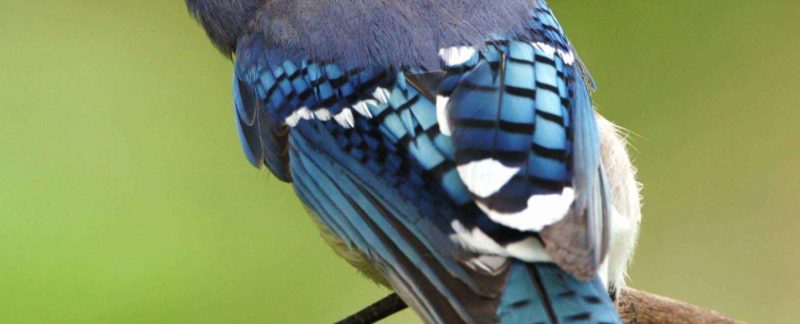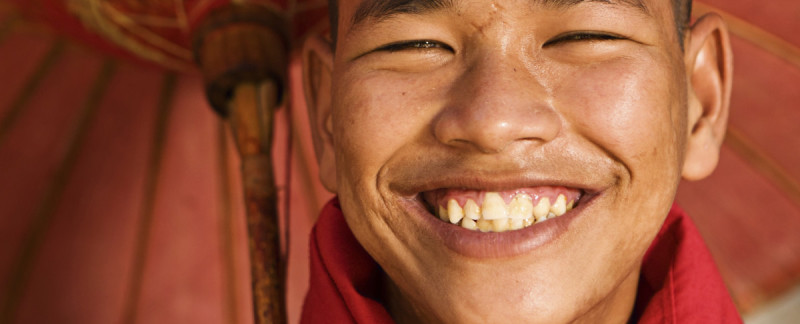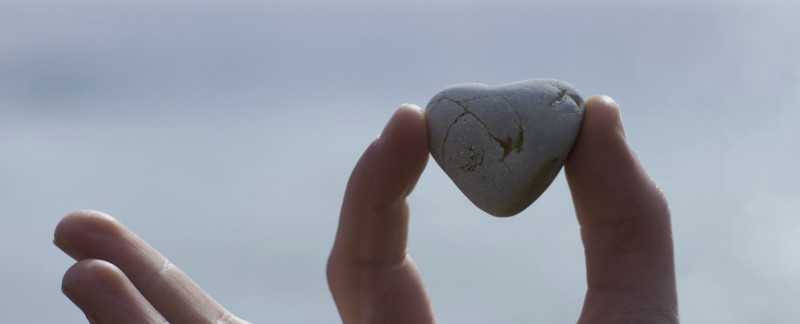With the seemingly constant barrage of news of political unrest, racism, violence, and climate emergency, amongst the everyday challenges and joys of our individual lives, how do we find steadiness within the midst of this life? As I’ve been exploring this question, it has brought insights and new practices into my world that I continue to experience as blessing.
As you know, our practice, as is true of all of life, is always a dance. It is fluid, not static. Some seasons we lean more fully into formal seated meditation, other seasons yoga or qigong may move to the front burner. There are times in which our practice may lean on mindfulness and times when lovingkindness practice feels most helpful. Over the past 17 years, I’ve learned what an intuitive process this practice can be, if we’re receptive to listening inwardly to what we truly need in this moment.
A couple of months ago, my son and I were out on the coast, enjoying a favorite hike to a replica of an indigenous village, a picnic in a meadow amongst the shelters, and time climbing around in fallen down trees. Between plentiful winter rains, the sun was out this day, and we could feel the warmth and much needed Vitamin D sooth our beings. But, what was truly different about this day is that we had plenty of time to hang out in this meadow as long as we wished. No rush to get home at a particular time, no “we better get going”. As they say on meditation retreat, we had “all the time in the world” to be with this. And, so, we sat on a fallen down tree in the sunshine, and just did nothing, nothing at all, except drink in the sounds, the touch of the light breeze on our skin, the trees, the bark and the sun, as long as we wished.
This “as long as we wished” probably ended up being about an hour and half, but the impact of this wide, open space of time was tremendous. I felt my nervous system, which had been experiencing low running anxiety the previous week or two, let go into gravity and re-attune to the heartbeat of tree and Earth and sun. We didn’t talk much, other than pointing out a Steller’s jay or the green moss. My son, seemingly in a dreamy state, played with a stick, running it along the bark, the sound particularly alive in our ears. I could feel his nervous system dropping in, too. This permission to “just be” with this moment in nature was a healing balm for body, mind and heart. We left that meadow warm, rested and refreshed. Clear. Present. And it was in that moment that I committed to making this a weekly practice for us, at least for a season.
How does intuition, perception of time and intimacy with the natural world play a role in your practice? What practices support you (or might support you) in staying grounded and centered within the midst of life? What daily or weekly rituals support you in avoiding heart shut-down and keeping the heart open, receptive, and kind? What practices help to soothe the nervous system, rest the body, and renew the spirit?
May the Earth and all Beings know safety, healing, joy and deep peace.




